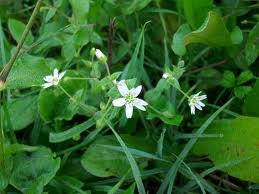Gleditsia
This group of mostly hardy, deciduous trees is native to North America, South America, tropical Africa and central and eastern Asia. These trees, commonly known as Honey Locusts, have pinnate or bi-pinnate leaves consisting of 18 or more, oblong lance-shaped leaflets. They are smooth and dark green above, paler beneath. The small, greenish flowers of these trees are inconspicuous and are followed by thin, purplish-brown pods growing from 10 to 18 inches long and 1 to 1� inches wide. The branches and trunks of these trees are equipped with sharp, 4-inch spines. A thornless and nearly seedless mutation has been found and many varieties have been developed from this form. These trees are excellent shade trees and they can survive in cities and suburbs. G. triacanthos inermis (Thornless Honey Locust) is a quick-growing tree that will eventually attain a height ranging from 35 to 70 feet. Its Fern-like foliage opens in late spring and turns light yellow in the fall. The bark of these trees turns black with age. Many varieties have been developed from the Thornless Honey Locusts; Rubylace is an attractive form having wine red foliage until mid-summer when it begins to gradually turn green. This seedless variety grows from 50 to 60 feet. Sunburst is another variety that has golden yellow foliage until mid-summer, when it also gradually turns green.
Pot Cultivation
Thornless Honey Locusts can be grown in all areas of the U.S. They need full sun exposure and can be grown in almost any soil even one that is alkaline; however, deep, well-drained, loamy soil is the best. They should be planted in the spring or early fall. Pruning should be done when branches are over crowded or too long and to maintain a clear, single trunk when the trees are young. Older trees rarely need pruning.
Propagation
Seeds can be sown in sandy soil in a greenhouse or cold frame as soon as they are ripe. If they have been kept for a length of time, they should first be soaked in warm water for 12 hours. The thornless named varieties should be increased by grafting on the common kind, G. tricanthos, in the spring.
 |
G. aquatica |
VARIETIES
- G. triacanthos & var. inermis, Moraine, Imperial, Majestic, Rubylace, Shademaster, Skyline, Sunburst, Brownii, columnaris, nana;
- G. aquatica;
- G. japonica.





